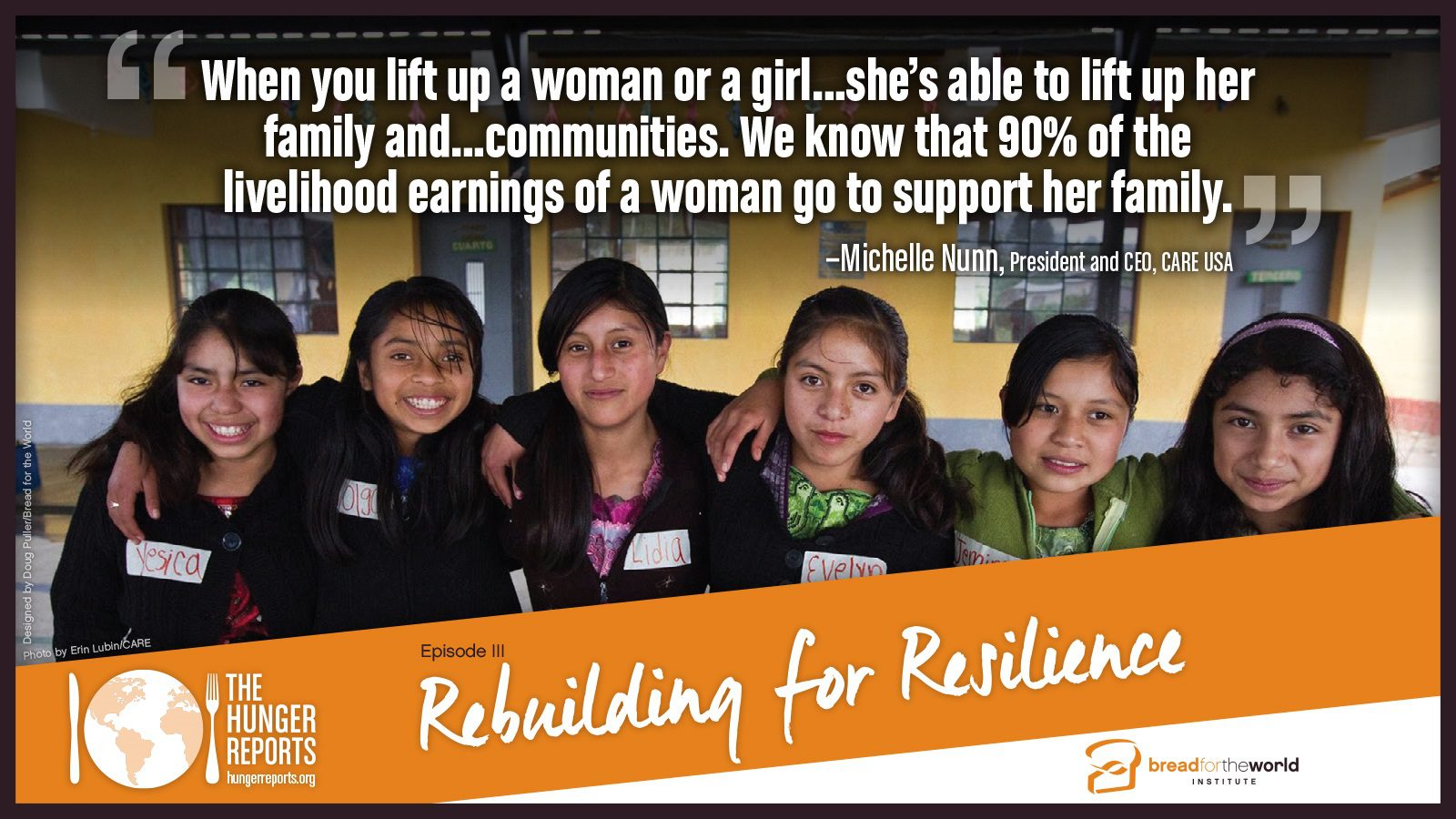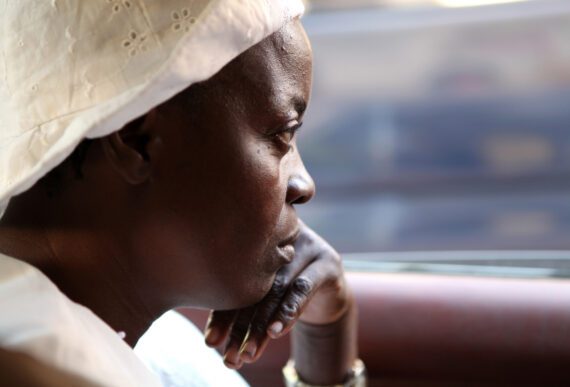Washington, D.C. – A new video and related materials released today by Bread for the World Institute examines how to rebuild after a famine in order to prevent it from happening again.
The video, “Rebuilding for Resilience,” is based on an interview with Michelle Nunn, president and CEO of CARE USA. It debuts as tens of millions of people in multiple countries face starvation. The Trump administration had requested deep cuts to U.S. foreign assistance, although the House of Representatives has scaled back those cuts.
“Emergency assistance, in places like Yemen, Somalia and Nigeria, saves lives every day,” said Nunn. “While the U.S. contributes more to humanitarian response than any other country in the world, we must continue investing in the resilience of communities to recover and rebuild, whether it be drought, conflict, or large-scale displacement.”
“The international community must continue to provide humanitarian aid during hunger emergencies,” said Asma Lateef, director of Bread for the World Institute, producer of The Hunger Report. “But we must also take steps and make investments that prevent or minimize the impact of future crises.”
“Rebuilding for Resilience” is the third in a new series based on the award-winning 2017 Hunger Report: Fragile Environments, Resilient Communities, published by Bread for the World Institute. The report offers recommendations on how to address the long-term challenges of civil conflict, poor governance, and vulnerability to climate change.
“With famine conditions tightening their grip in four separate countries, and the crises becoming more significant, America should be increasing foreign assistance, not slashing it. Not since CARE’s founding more than 70 years ago, have we seen this level of need,” said Nunn.
“Right now, as multiple countries stand on the brink of famine, some U.S. lawmakers are still proposing deep cuts to foreign assistance,” Lateef said. “If these budget cuts go through, we will continue to see hunger emergencies happening in the same countries again and again. Smart investments now can save lives and money, and put us on the road to ending hunger.”
Currently, the U.S. spends roughly one cent on foreign assistance for every dollar in the federal budget. Severe cuts to lifesaving programs have been proposed as Congress reconvenes today to debate next year’s national budget.



